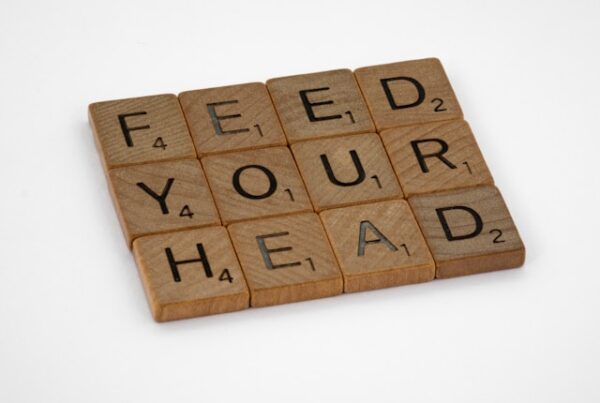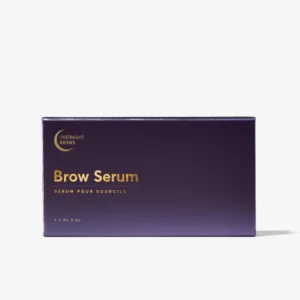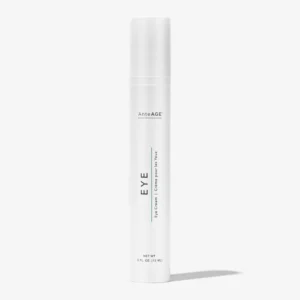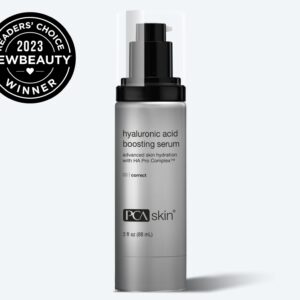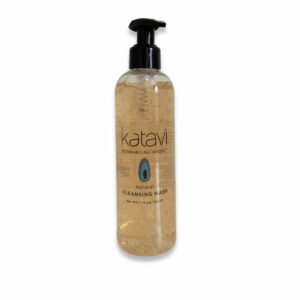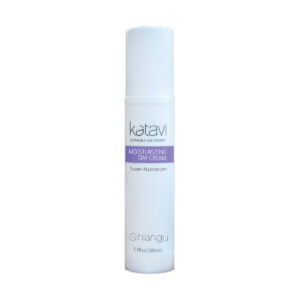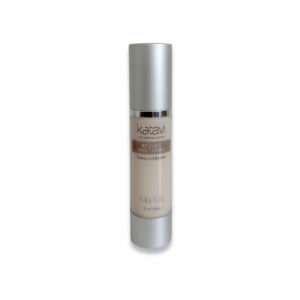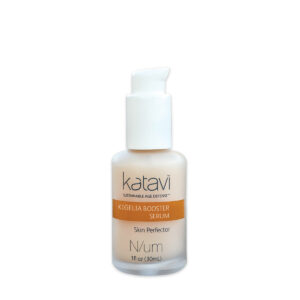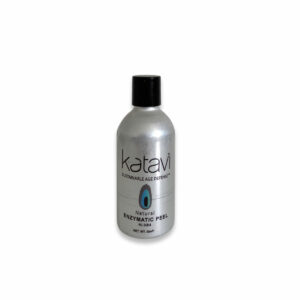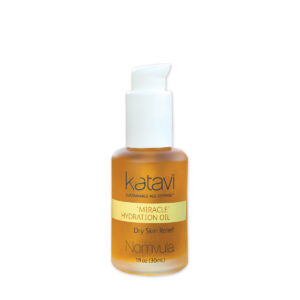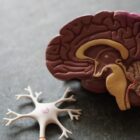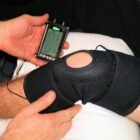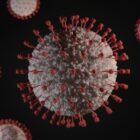What is Sermorelin?
Sermorelin is a synthetic peptide analog of growth hormone-releasing hormone (GHRH). It is used in medical settings to stimulate the production and release of growth hormone from the pituitary gland in the brain. Sermorelin is typically prescribed for the diagnosis and treatment of growth hormone deficiency in children and adults.
Here are some key points about sermorelin:
- Mechanism of Action: Sermorelin works by stimulating the release of growth hormone from the pituitary gland. It binds to specific receptors in the pituitary gland and triggers the secretion of growth hormone into the bloodstream.
- Medical Uses: Sermorelin is used to diagnose and treat growth hormone deficiency, which can occur in children and adults. Growth hormone deficiency can result in short stature, delayed growth and development, decreased bone density, reduced muscle mass, and other symptoms.
- Administration: Sermorelin is typically administered via subcutaneous injection, often once daily. The dosage and frequency of administration may vary based on the individual’s age, weight, and medical condition.
- Monitoring and Adjustments: Treatment with sermorelin may require regular monitoring of growth hormone levels, as well as adjustments to the dosage based on the individual’s response to treatment and any side effects experienced.
- Side Effects: Common side effects of sermorelin may include injection site reactions, such as pain, redness, or swelling at the injection site. Other potential side effects may include headache, flushing, dizziness, nausea, vomiting, and allergic reactions.
- Safety Considerations: Sermorelin should be used with caution in individuals with a history of certain medical conditions, including cancer, diabetes, and other hormone-related disorders. It should not be used in individuals with active cancer or those with a known sensitivity to any of its components.
- Legality and Regulation: Sermorelin is a prescription medication and should only be used under the supervision of a qualified healthcare provider. The use of sermorelin for off-label purposes, such as performance enhancement or anti-aging, is not considered appropriate medical practice and may be illegal.
Overall, sermorelin is a medication used to stimulate the production of growth hormone in individuals with growth hormone deficiency. It should only be used under the guidance of a healthcare provider and for approved medical indications.
Sermorelin, Antiaging and Performance
Sermorelin Potential Side Effects
Sermorelin, like any medication, may cause side effects in some individuals. While not everyone experiences side effects, it’s essential to be aware of potential adverse reactions. Common side effects of sermorelin may include:
- Injection Site Reactions: Pain, redness, swelling, or irritation at the injection site are common side effects of sermorelin injections.
- Headache: Some individuals may experience headaches while using sermorelin.
- Nausea and Vomiting: Sermorelin therapy may cause nausea and vomiting in some individuals, particularly during the initial stages of treatment.
- Dizziness: Feeling dizzy or lightheaded is another potential side effect of sermorelin.
- Flushed Skin: Some people may experience flushing or redness of the skin after taking sermorelin.
- Fatigue: Fatigue or tiredness may occur in some individuals using sermorelin.
- Increased Hunger: Some individuals may experience an increase in appetite while using sermorelin.
- Joint Pain: Joint pain or discomfort may occur as a side effect of sermorelin therapy.
- Swelling of Hands or Feet: Edema, or swelling of the hands or feet, may occur in some individuals using sermorelin.
- Hypersensitivity Reactions: Rarely, individuals may experience allergic reactions to sermorelin, including rash, itching, or difficulty breathing. These reactions require immediate medical attention.
It’s essential to discuss any concerns or potential side effects with a healthcare provider before starting sermorelin therapy. Additionally, individuals should report any adverse reactions to their healthcare provider promptly.
While the above side effects are possible with sermorelin use, not everyone will experience them. The severity and frequency of side effects can vary among individuals. Working closely with a healthcare provider can help minimize potential risks and ensure safe and effective treatment with sermorelin.
Sermorelin and Results
Sermorelin therapy has been primarily studied and used for the treatment of growth hormone deficiency (GHD) in both children and adults. Here are some of the proven results and benefits associated with sermorelin therapy for individuals with GHD:
- Increased Growth Hormone Levels: Sermorelin stimulates the production and release of growth hormone from the pituitary gland. This increase in growth hormone levels helps to address the deficiency present in individuals with GHD.
- Improved Growth in Children: In children with growth hormone deficiency, sermorelin therapy can promote linear growth and help achieve normal height potential. It can lead to increased growth velocity, resulting in improved height outcomes over time.
- Enhanced Muscle Mass and Strength: Sermorelin therapy has been shown to increase muscle mass and strength in individuals with GHD. This improvement in muscle function can lead to better physical performance and overall well-being.
- Reduced Body Fat: Sermorelin treatment may also contribute to a reduction in body fat percentage, particularly visceral fat, in individuals with GHD. This can lead to improvements in body composition and metabolic health.
- Improved Bone Density: Growth hormone plays a crucial role in bone metabolism and bone mineralization. Sermorelin therapy can help increase bone density and reduce the risk of osteoporosis in individuals with GHD, particularly in adults.
- Enhanced Quality of Life: Sermorelin therapy has been associated with improvements in quality of life measures, including energy levels, mood, and overall sense of well-being, in individuals with GHD.
It’s important to note that the efficacy of sermorelin therapy may vary depending on individual factors such as age, severity of growth hormone deficiency, underlying medical conditions, and adherence to treatment. Additionally, while sermorelin therapy has shown benefits in clinical studies, it may not be suitable or effective for all individuals with GHD.
Sermorelin Substitutes and other GHRH
Sermorelin is a synthetic peptide analog of growth hormone-releasing hormone (GHRH). It is designed to stimulate the production and release of growth hormone from the pituitary gland in the brain. While sermorelin itself is a specific peptide with its own structure and properties, there are related peptides and compounds that act on the growth hormone axis. These include:
- CJC-1295: CJC-1295 is a modified version of GHRH. Like sermorelin, it stimulates the release of growth hormone from the pituitary gland. CJC-1295 has an extended half-life compared to sermorelin, which means it remains active in the body for a longer duration after administration.
- Tesamorelin: Tesamorelin is another synthetic analog of GHRH. It is approved by the FDA for the treatment of HIV-associated lipodystrophy, a condition characterized by abnormal fat distribution in individuals with HIV/AIDS. Tesamorelin helps reduce visceral fat accumulation in these patients.
- Hexarelin: Hexarelin is a synthetic peptide that also stimulates the release of growth hormone. It has been studied for its potential therapeutic benefits in conditions such as growth hormone deficiency, cachexia (muscle wasting), and cardiac protection.
- Ipamorelin: Ipamorelin is a peptide that stimulates the release of growth hormone in a selective and dose-dependent manner. It is often used in research settings to study the growth hormone axis and its effects on metabolism, body composition, and other physiological processes.
These peptides, including sermorelin, CJC-1295, tesamorelin, hexarelin, and ipamorelin, have varying properties, mechanisms of action, and clinical applications. They are often studied for their potential therapeutic benefits in conditions related to growth hormone deficiency, metabolic disorders, and age-related changes. However, their use may be subject to regulatory restrictions and should be guided by healthcare professionals in appropriate clinical contexts.
Sermorelin – snippet
Sermorelin is a synthetic peptide that stimulates the production of growth hormone. It is used to treat growth hormone deficiency in children and adults. Sermorelin therapy helps improve growth, muscle mass, and bone density in individuals with deficiency. While it has been explored for anti-aging benefits, its effectiveness for this purpose is not well-established.
Related items..
-
AnteAGE® Overnight Brows Serum 3.5ml
$75.00 -
AnteAGE® Eye (15ml)
$105.00 -
PCA Skin Hyaluronic Acid Boosting Serum 3oz
$315.00 -
Katavi Radiant-S Facial Serum NEW
$55.00 -
Katavi Natural Cleansing Wash
$33.00 -
Katavi Moisturizing Day Cream
$43.00 -
Katavi Tula Tula – Intensive Night Care
$43.00 -
N/um – Kigelia Booster Serum
$46.00 -
Katavi Hluba – Enzymatic Peel
$30.00 -
Katavi Miracle Hydration Oil
$40.00
Sign Up for Monthly Newsletter to Learn & Save
Stay current on promotions, discounts and sales.
Get Your Learn On

Unlocking the Potential of Dihexa: Insights from Recent Clinical Studies
